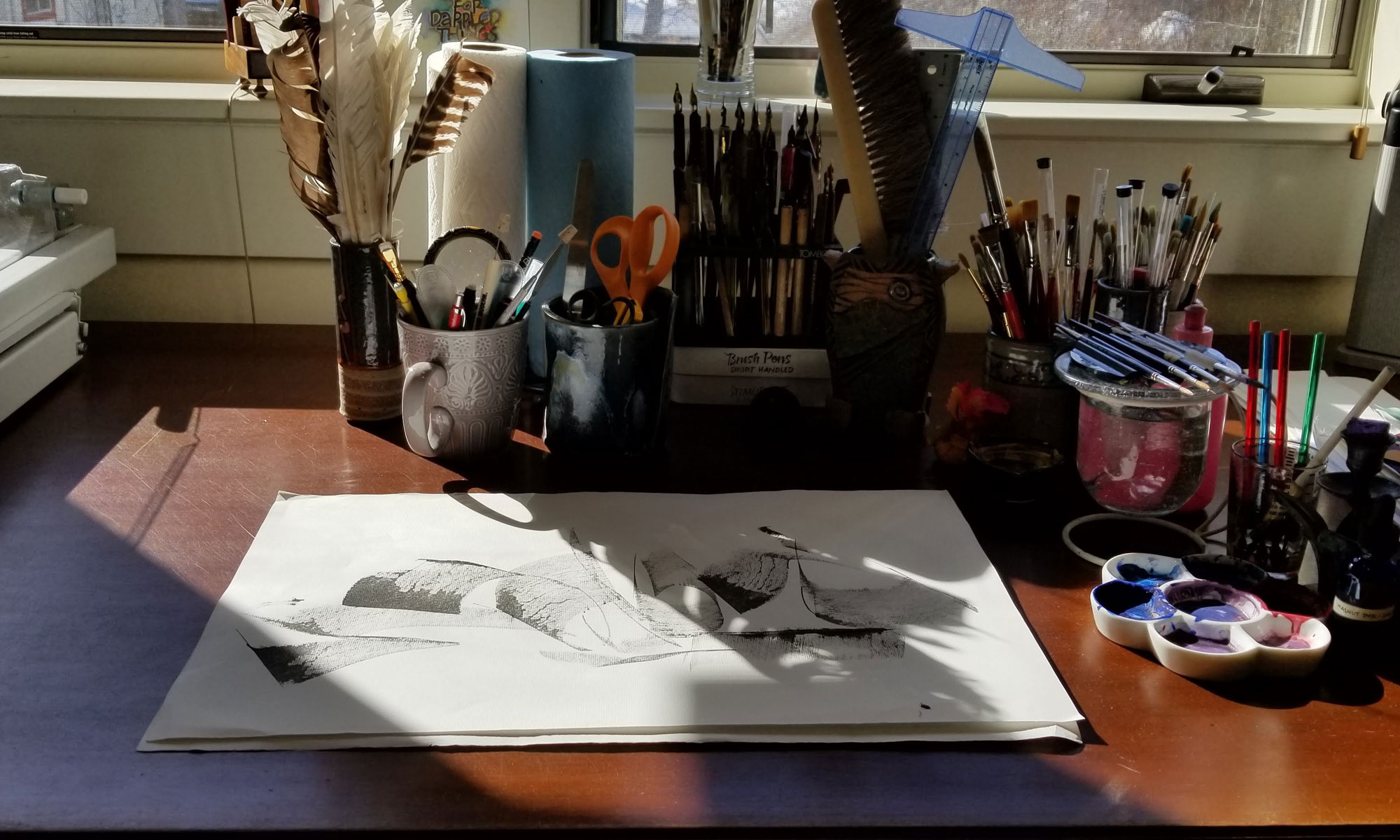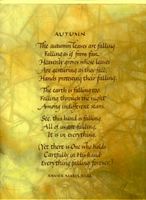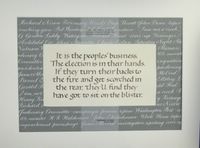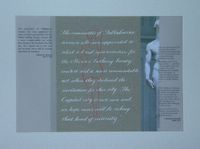I’ve been tagged by Toni to list 5 little-known facts about myself. I started an artistic response, but I’ve just got too many other projects in the works to finish it. Here are my 5 plain-text facts:
- About 3 years ago my son and I took up playing the accordion. Logan began taking lessons, and because we’d bought a couple of accordions through eBay, I began playing with him. It’s a ridiculously fun activity. Our main influences are a Cajun fiddle player who also plays the concertina and taught at the Suzuki Institute in New Orleans 3 years ago — and Weird Al Yankovic.
- My favorite dog we’ve ever had is a 9-year-old Leonberger named Ponce. (When he was 10 weeks, old, we thought it would be cool to be call him “Ponce the Leonberger.” Haha.) He has bone cancer, and has just beat the vet’s estimate of 2 weeks left to live. I’ll be sad when he’s gone. I’m sad already.
- When I was a teenager I had a chance to tour Europe with an operatic group as their harpsichordist. Instead I went to college to study accounting. Go figure.
- I was in my mid-twenties before I had a clue that there is another kind of lox besides the liquid oxygen that’s used as a propellant in rocket fuel. I grew up in Merritt Island, Florida; NASA takes up the northern part of the island.
- We have a 14-rank pipe organ in our living room. Some people have boats or antique cars. We have unusual musical instruments.
That’s it. If I’d been blogging a little longer, I might know some fellow bloggers I could tag. Maybe in a few months.







